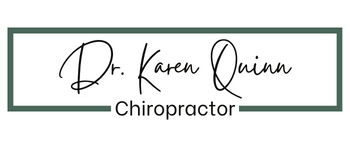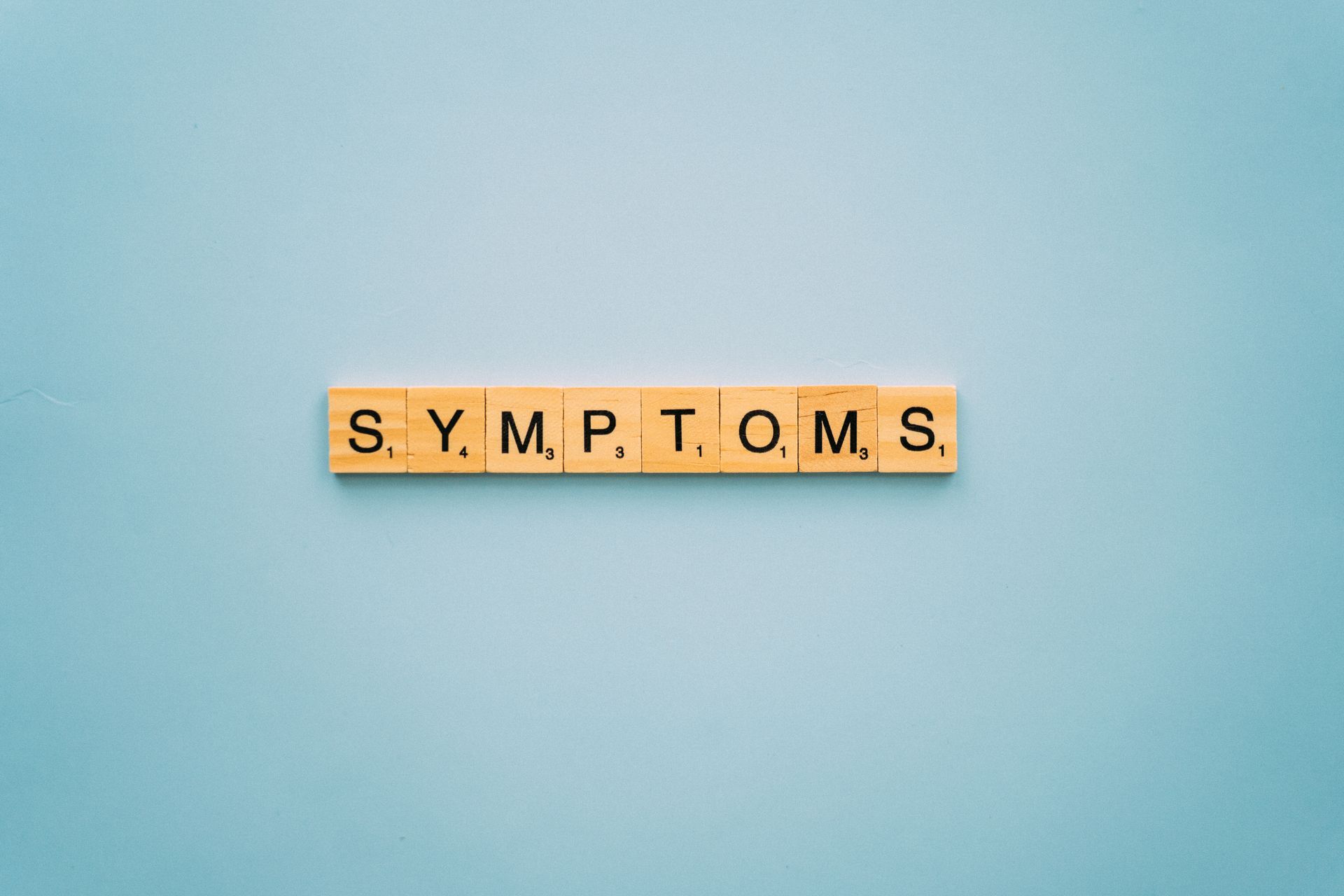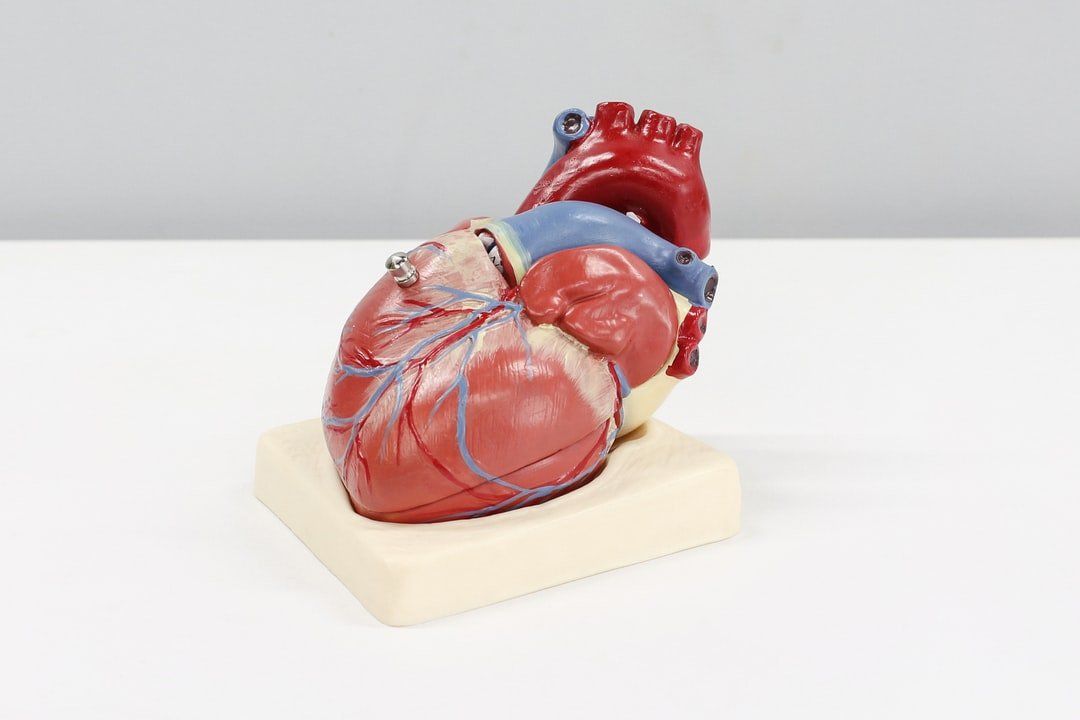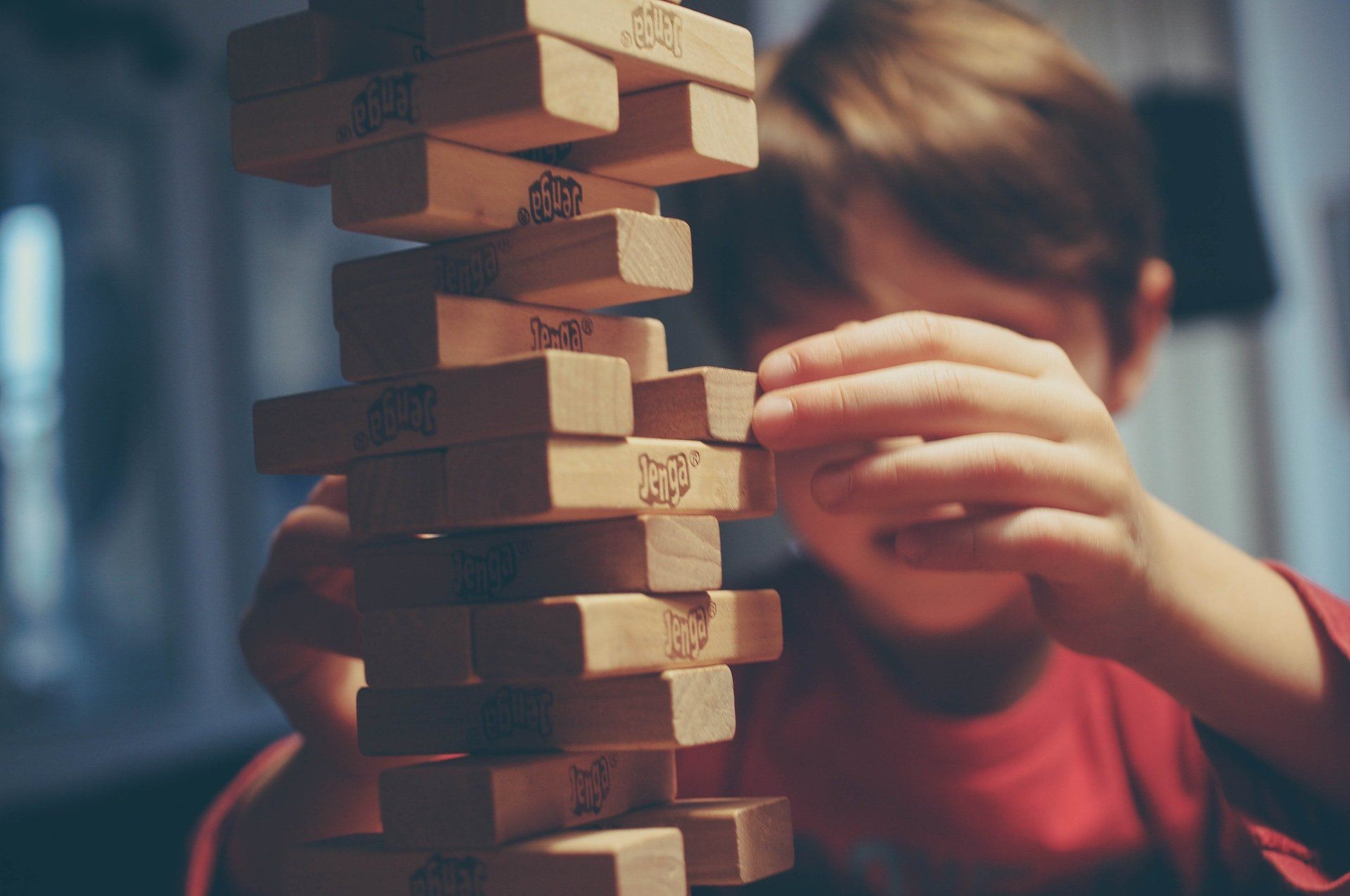Move it or Lose it
My initial draw to studying Chiropractic was the fact that it involved human anatomy/ physiology and offered a wholistic perspective of the interconnectedness of the body and its functions. The nervous system being the body's internal communicator, receiver and interpreter of information needed to stay alive, is tuned into everything occuring in the body- from changes in pH balance to the position of our L4 vertebra. In regards to body movement, an aligned properly moving body requires minimal attention from the nervous system. If areas of the body are not moving properly, either due to restriction and limited motion or moving too much due to laxity, the nervous system senses this and initiates a response to help counter and restore balance.
With proper biomechanics and adequate alignment, reflexes to maintain and restore balance can occur without a hiccup. When bones in the body (spine or extremities) are out of alignment, or not moving properly due to chronic restriction or hypermobility, the nervous system senses this and creates a response to achieve balance of the whole.
In terms of movement, the body is organized in a reciprocal pattern of mobility- joints that are designed for maximum movement, and stability- joints that move but overall are not meant to move beyond a certain range. This alternating nature in the body allows for healthy, efficient motion. If the body consisted of only highly mobile joints, it would take a lot more effort to move around. The surrounding muscles would be required to become the anchor for each movement and every joint would absorb the momentum created by the movement, thus reducing the leverage to propel forward. On the other hand, if the joints in the body were all created for stability and minimal motion, movement would be extremely restricted. Long strides required for many sports would be virtually impossibly, changing the performance potential of athletes as we know it. The body would be unable to absorb the momentum being created or the force entering the skeletal structure with each impact, putting a tremendous amount of force on each joint involved.
To maintain and optimize body function, we must first understand body design. There are a number of reasons why an otherwise mobile joint becomes restricted. Repetitive posture or biomechanics such as sitting long hours or poor running technique can create hip restriction over time. On the other hand, trauma, weakness of the surrounding musculature or repetitive demand on an otherwise stable joint, can lead to laxity of the surrounding tissues may contribute to instability.
The dynamic nature of the body is fascinating in that pain or disfunction of a joint never occurs in isolation. If a joint is not functioning according to the design of nature, the surrounding areas of the body will adapt to maintain balance. This is important to remember in considering the source of a problem. In the process of addressing restricted hips for example, consideration must also be made for the knee, pelvis, etc. to ensure longterm resolution, and minimize compensatory adaptations.
So often, the source of a problem is not where pain initially surfaces. Understanding the dynamic nature of the body is helpful not only in the rehabilitation of dysfunction, but also in the maintainence of optimal, efficient movement and injury prevention. As a rule, the body is designed to move. So move. Strive for balance right to left, front to back, as well as balance of strength and flexibility. The body will adapt to injury as much as it will adapt to healthy behaviours.


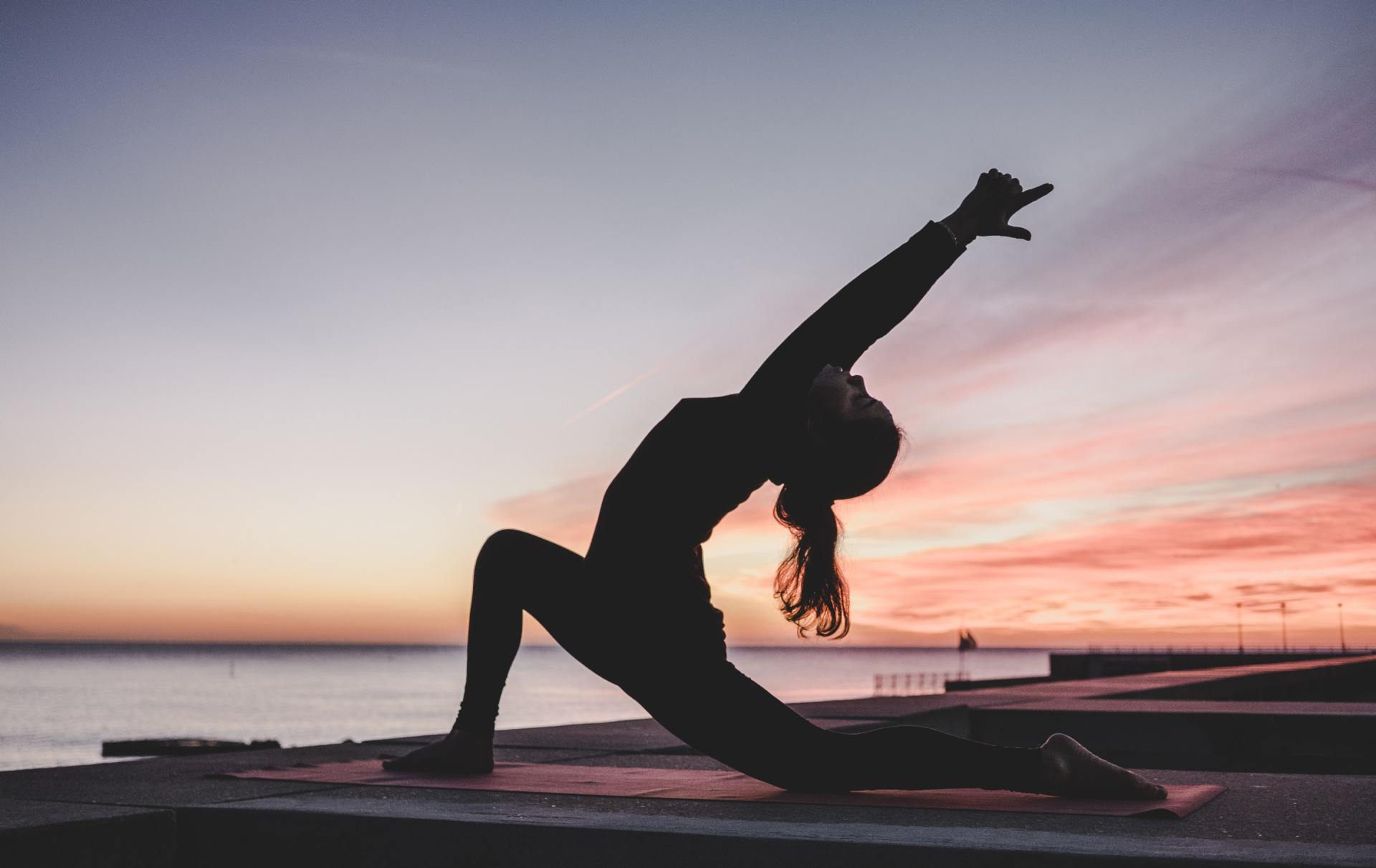

Newsletter Sign-up
You have signed up for Dr. Quinn's monthly newsletter!
Please try again later.
